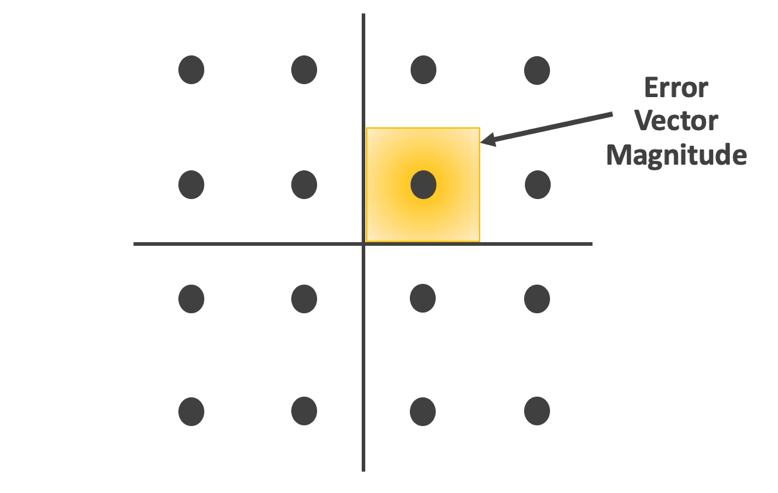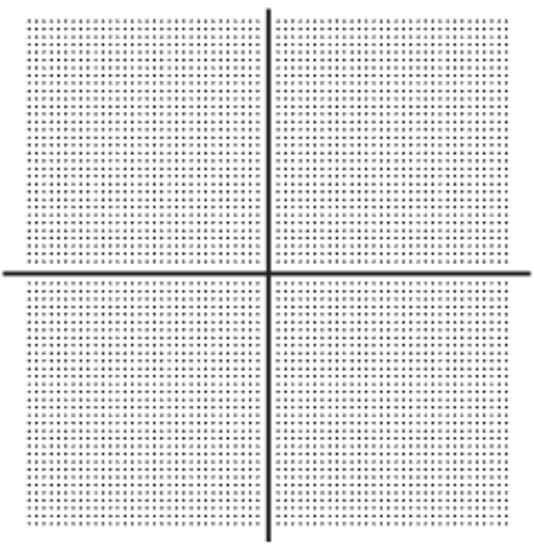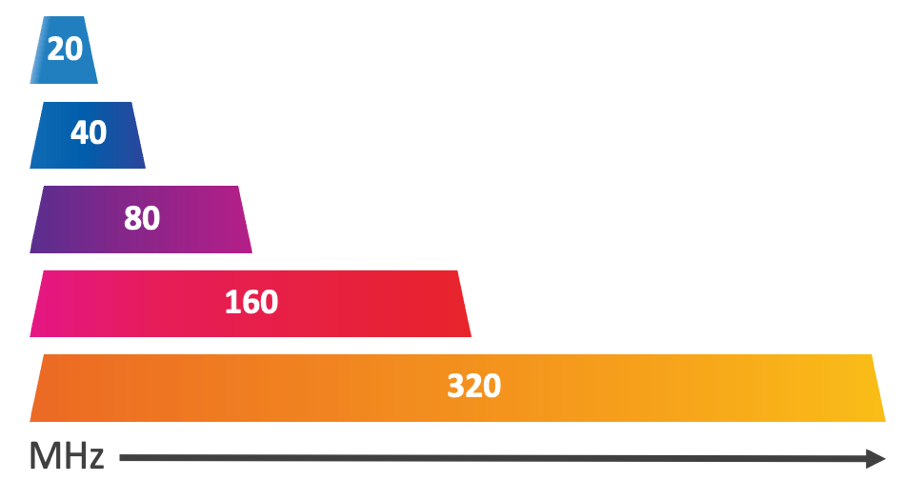コムスコープの世界をリードするネットワークソリューションのポートフォリオの一部である RUCKUS Networks へようこそ。詳細
In the first of this series of blogs on Wi-Fi 7, we discussed a high-level overview of Wi-Fi 7 as we know it at the time of publishing this series.
To help people understand some key enhancements coming with Wi-Fi 7, RUCKUS Networks has published a white paper detailing the major enhancements we are seeing with Wi-Fi 7, or 802.11be as the IEEE amendment is known. The white paper can be found on the page dedicated to Wi-Fi 7 on the new RUCKUS Networks website.
This blog is going to take a deeper look at one of the key tenets of Wi-Fi 7, and that is the name – Wi-Fi 7 Extremely High throughput. The other key features like Multi-Link Operation (MLO), Punctured Transmission (also known as Preamble Puncturing), and enhanced quality of service (QoS) will be covered in some later blog entries. For this blog, we are going to talk all about the SPEED!
Extremely High Throughput with Wi-Fi 7
Starting with 802.11n (Wi-Fi 4), the IEEE started to give suffix definitions to the PHY amendments being released to give us an indication of the focus on that amendment. For 802.11be, that suffix is Extremely High Throughput or EHT. The mathematical peak for top speed in Wi-Fi 7 is just over 46 Gbps but to obtain that speed, there are some “features” needed to achieve this high of a number.
4096 Quadrature Amplitude Modulation
Better known as 4K QAM, 4096-QAM (quadrature amplitude modulation) is the technology used to encode bits onto a wireless signal to be transmitted through the air to the other end. For the layperson, this means there are 4,096 possible data points in what is known as a constellation in which to encode the data being transmitted. While cool, there are some challenges with achieving this level of encoding.
Wireless QAM Constellation
The best way to explain this challenge is by examining what is known as the QAM constellation. To start simple, we will start with the 16 QAM constellation, seen here.

Figure 1: 16 QAM with EVM
Each one of the dots in the constellation represents a data point that is being targeted with a radio wave. Since it’s 16 QAM, it’s easy to see there are a total of 16 dots, 4 dots per quadrant. The orange box represents what is known as the Error Vector Magnitude box, or EVM box. This is the target that needs to be hit, and a hit anywhere within that box will register as a successful hit on that target and the receiving radio will record that data point. 16 QAM is very resilient as that target box is comparably large, but as you can imagine, it’s not very fast.
This is where 4096 QAM comes to the rescue.

Figure 2: 4096 QAM without EVM
Same quadrants, but with a few more dots in each quadrant. To be precise, the number of dots per quadrant went from 4 to 1,024. That means the EVM (which isn’t even attempted to be shown) went from ¼ of the quadrant to 1/1024th of the quadrant. The signal has to hit a tiny target to register a successful hit. It’s possible, but as you can imagine, any small interference or problem is going to make it miss the target and the transmission will fail.
Is 4096 QAM even possible in WiFi?
The answer is a mixed bag. Possible? Yes, as Wi-Fi 7 Extremely High Throughput does add the features needed, it is possible to achieve this in the wild. Is it probable? Probably not in many scenarios. While very cool and very fast, it's also fragile and we expect to only see this level of modulation in a small number of instances.
16 Spatial Streams
Wi-Fi 7 Extremely High Throughput also depends upon spatial streams, which are what devices use to send and receive data in different directions to utilize multipath to send more data at the same time. The number of spatial streams (the more the better) then allows for faster speeds across the wireless link, which results in a faster connection to the internet, which then results in lower latency. While this sounds cool, it comes at the cost of power consumption to make this happen. It simply takes more power to run more spatial streams. There is also the size factor required to achieve this number of streams. More streams mean bigger enclosures to fit them all in.
More Steams = More MIMO & Less Latency, But With A Cost
When combining these two limitations (power requirements and size), we don’t ever expect to see any device make it to market that has 16 spatial streams. It’s defined in the standard and used in the mathematical calculations to make it to 46 Gbps, but don’t expect to see speed tests come anywhere near that number in the real world, thanks to devices not having 16 spatial streams.
From the AP side, there are already complaints about the size of the Wi-Fi 6E APs as well as the concern about the power required to operate the APs. Previous generations of APs required 15 to 30 Watts of PoE power (802.3af/at) but even with a fraction of the streams defined in this new standard, Wi-Fi 7 APs are speculated to need even more power than before. The R760 (a RUCKUS Wi-Fi 6E AP) for example requires 36 Watts of power, or 802.3bt Mode 5. More spatial streams mean higher power consumption, which is already a tough bar to clear.
When it comes to client devices, if you thought the battery on your mobile device had a hard time lasting through the day now, keep in mind it only has 1 or 2 streams. Imagine the power drain if it had 16 streams.
320 MHz Wide Channels
Thanks to the release of the 6 GHz spectrum for Wi-Fi use, this channel width might be possible to deploy in a very small number of use cases. In calls the world over, project managers will ask, or complain, for additional bandwidth to achieve more output. This is taken directly from the radio world and the width of the channel on the band. If you want to move more data at the same time (achieve a higher output) you need channels with more bandwidth, something that Wi-Fi 7 Extremely High Throughput needs to utilize.

Figure 3: Channel Bandwidths
Where 6 GHz rescues Wi-Fi 7 Extremely High Throughput
In the different frequency bands of 2.4 GHz and 5 GHz, it's impossible to use a channel that is 320 MHz wide. There just isn't enough contiguous spectrum to make this happen. In 6 GHz, it is possible to have a 320 MHz wide channel, but not many, and Wi-Fi 7 Extremely High Throughput will utilize this capability, too.
The bigger issue here is while some regulatory domains, like the USA, are approved for 1,200 MHz of additional spectrum in the 6 GHz band, not every region has that amount of spectrum. The EU, for example, only has allocated 500 MHz worth of spectrum in 6 GHz. In areas like that, only a single 320 MHz wide channel is possible. Even with the entire 1,200 MHz of spectrum, there are only three possible channels in 6 GHz when designing with 320 MHz channels.
Additional benefits of wider channels
While we always like to be able to use the entire channel assigned, which increases our transmission efficiency and optimizes (read: reduces congestion on) the channel, a 320 MHz wide channel does bring some additional benefits and challenges.
First, the challenges:
- Only between one and three available channels in 6 GHz.
- Subject to narrowband interference.
While requirements and channel planning at the physical layer will dictate if using these wide channels are possible, the standard does have a remedy for the pesky interference problem, which we will cover in the next blog talking about punctured transmission and using multi-RU and the RUs first introduced with OFDMA in 802.11ax, Wi-Fi 6.
Now, the benefits:
- Fastest Possible Speeds
- Peak MCS and data rates
- Low latency for use cases like AR/VR, gaming, and cloud computing
What speed in Gbps should we expect?
Taken together (4K QAM, 16 spatial streams, 320 MHz wide channel) the math says it can top out at 46 Gbps. Since we know that the 16 spatial streams aren’t happening, the best we can hope for is 4K QAM on a 320 MHz channel with, probably, 2 spatial streams. The math tells us that it will peak at about 5.8 Gbps. While not the 46 Gbps stated in the standard, it’s still more than double what you could expect with Wi-Fi 6E.
What about RUCKUS Networks?
To access the entire white paper on Wi-Fi 7, click here. You can find out more about Wi-Fi 7 Extremely High Throughput, or other WiFi 7 topics, by visiting the Wi-Fi 7 web page on the RUCKUS Networks website, which can be found here. This page will be a go-to resource for anyone wanting to keep up to date on Wi-Fi 7 as we get closer to the amendment ratification by the IEEE and the Wi-Fi 7 certification announcement from the Wi-Fi Alliance. To continue reading the rest of this blog series, check back on the Wi-Fi 7 page for future links.
Readers can also learn more about RUCKUS Networks products and solutions by visiting these websites: RUCKUS Networks Products and RUCKUS Networks Solutions. To learn more about how RUCKUS can help your organization with the latest evolution in networking technology, send us a note and a specialist can reach out to help you.
Get ahead with RUCKUS Networks!
Sign up for exclusive insights from RUCKUS Networks.
















